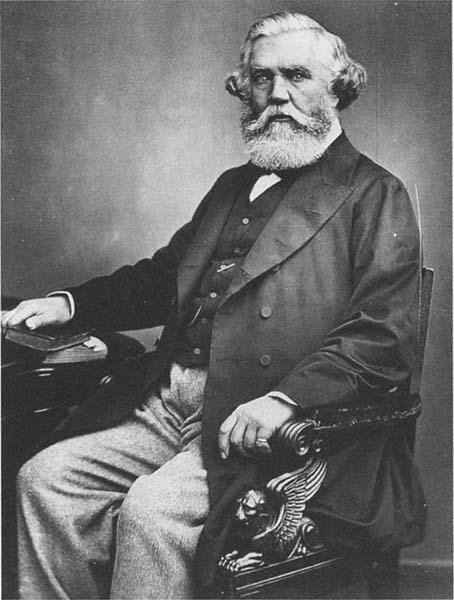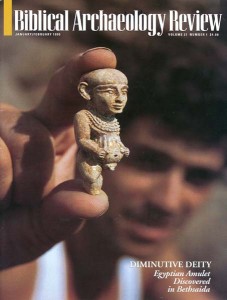Did King Jehu Kill His Own Family?
New interpretation reconciles Biblical text with famous Assyrian inscription

One of the most dramatic finds ever made relating to the Bible is the famous Black Obelisk of the Assyrian king Shalmaneser III (ruled 858–824 B.C.E.), excavated by Austen Henry Layard at Nimrud in 1846 and now prominently displayed in the British Museum.

The four-sided limestone monument is decorated with five registers of relief sculptures depicting the bringing of tribute to Shalmaneser. Each register reads around four sides, one panel to a side, portraying a particular tribute and tribute-bearers. The second register from the top shows the tribute of the Israelite king Jehu (ruled 841–814 B.C.E.). The central figure on the first panel of this register, presumably Jehu himself, prostrates himself, forehead to the ground or possibly kissing the feet of the Assyrian monarch. Some have suggested that this figure might be Jehu’s emissary. But if it is Jehu, this panel offers the only extant picture of a king of ancient Israel from the First Temple period.
The cuneiform caption above this register identifies the scenes as representing the tribute of Jehu and reads as follows:
Already a library member? Log in here.
Institution user? Log in with your IP address.

